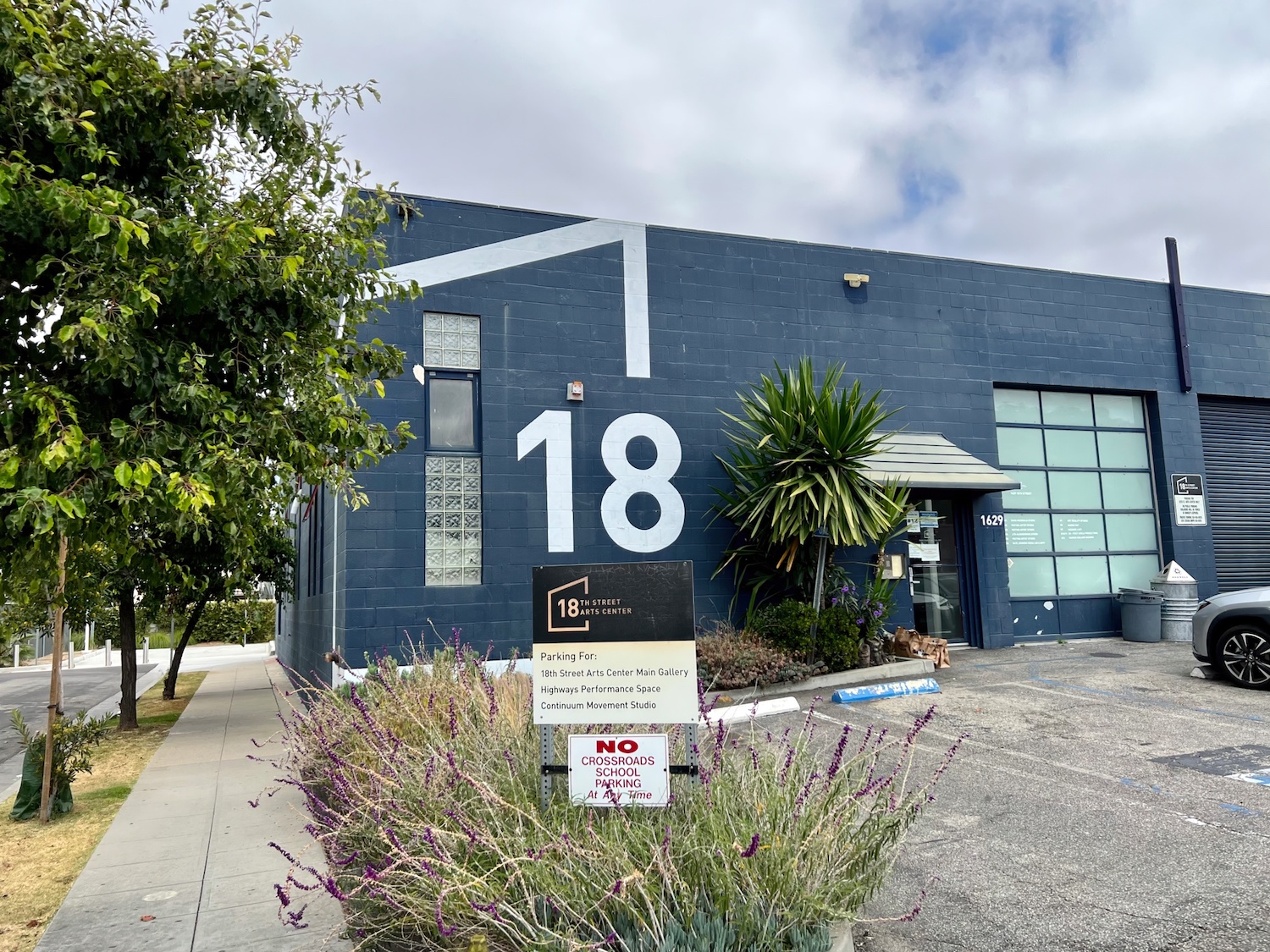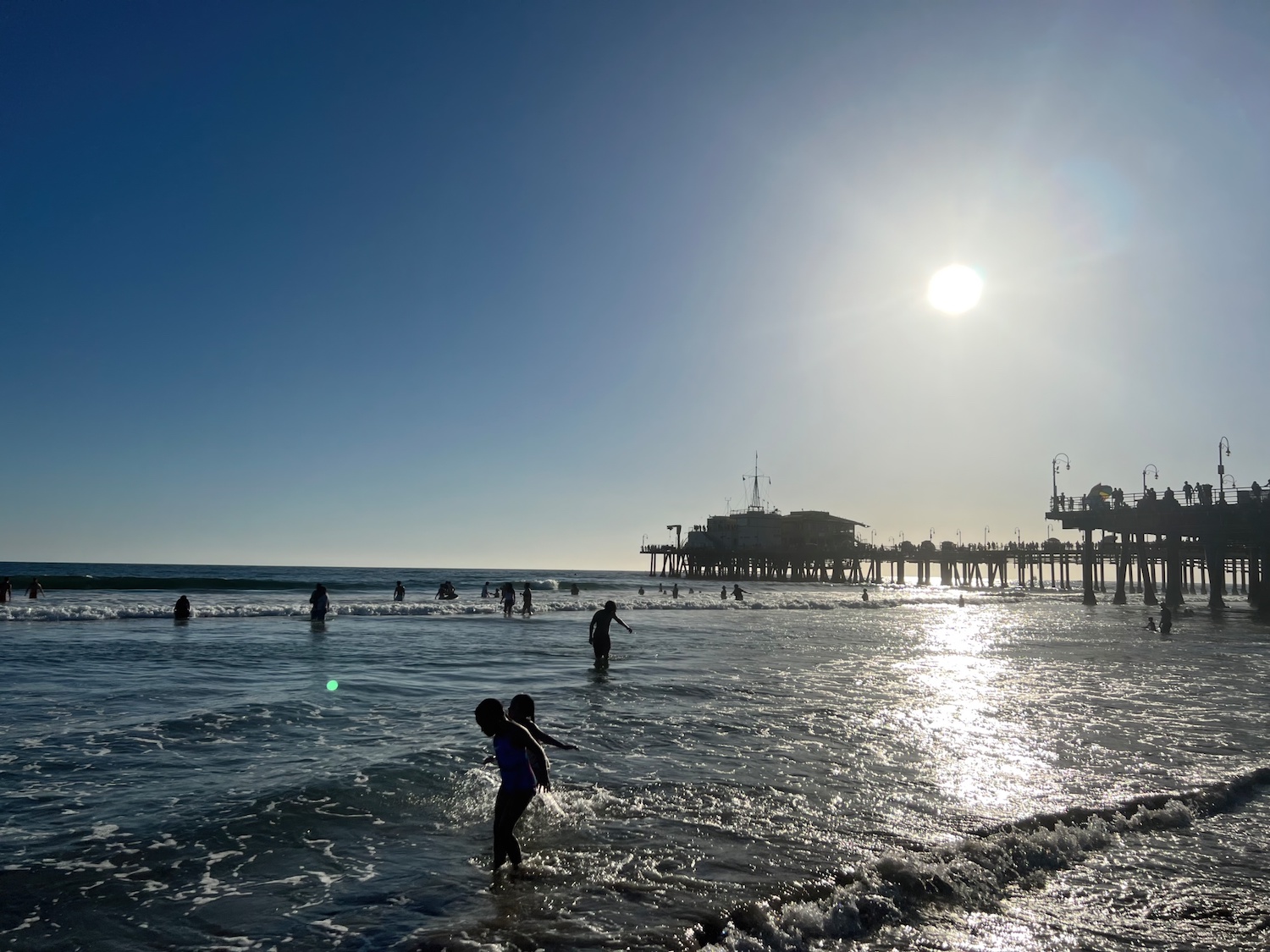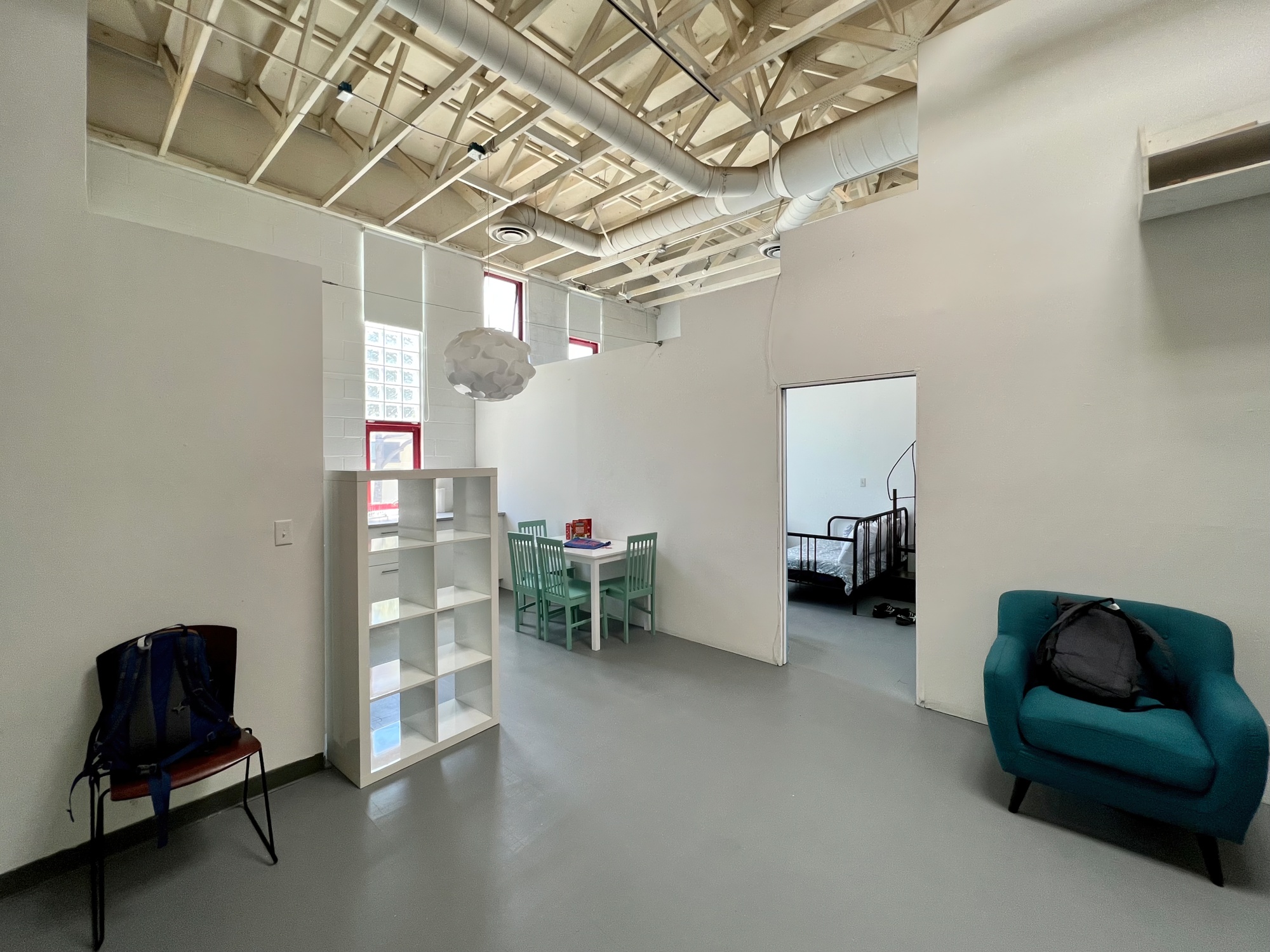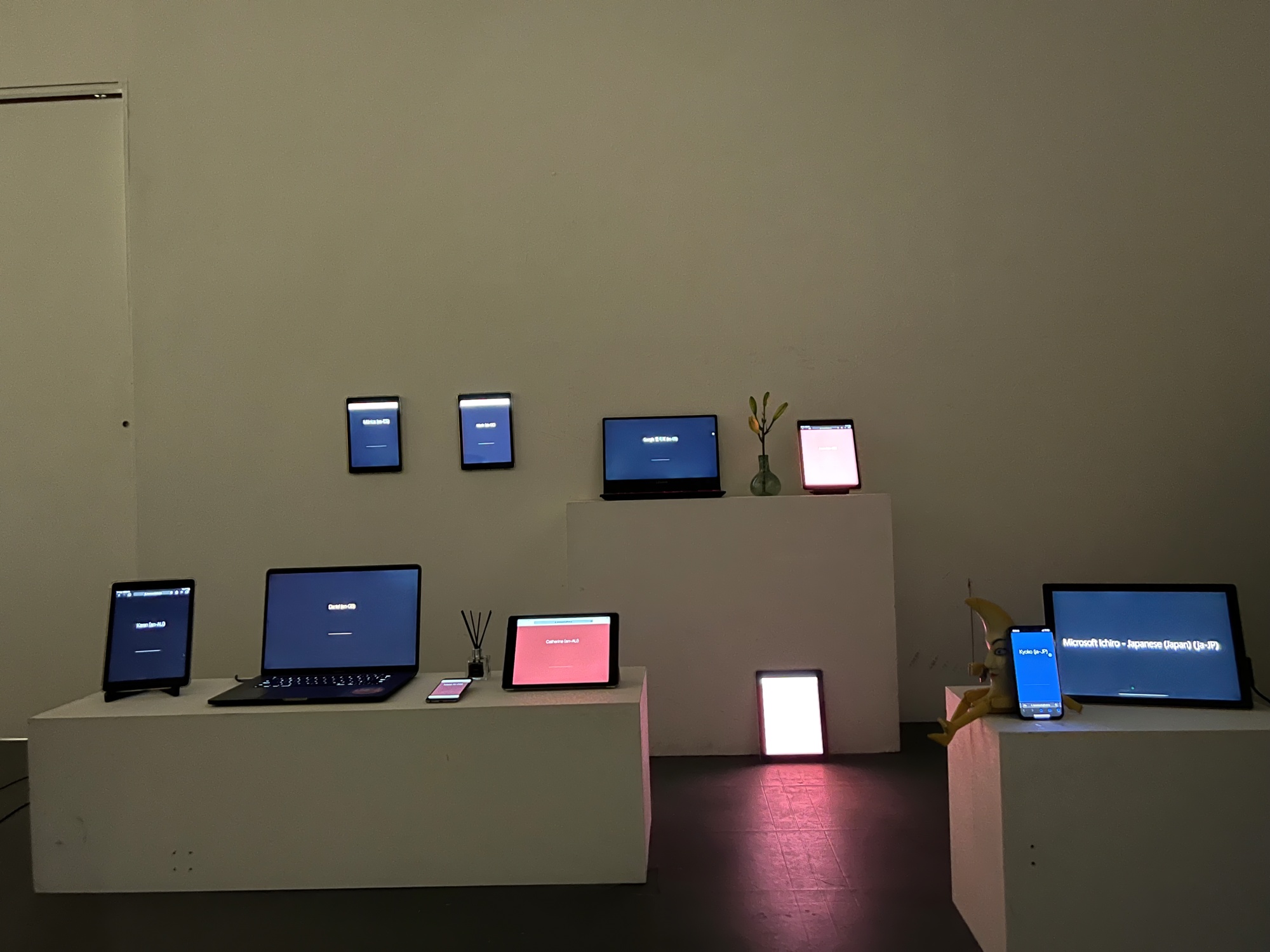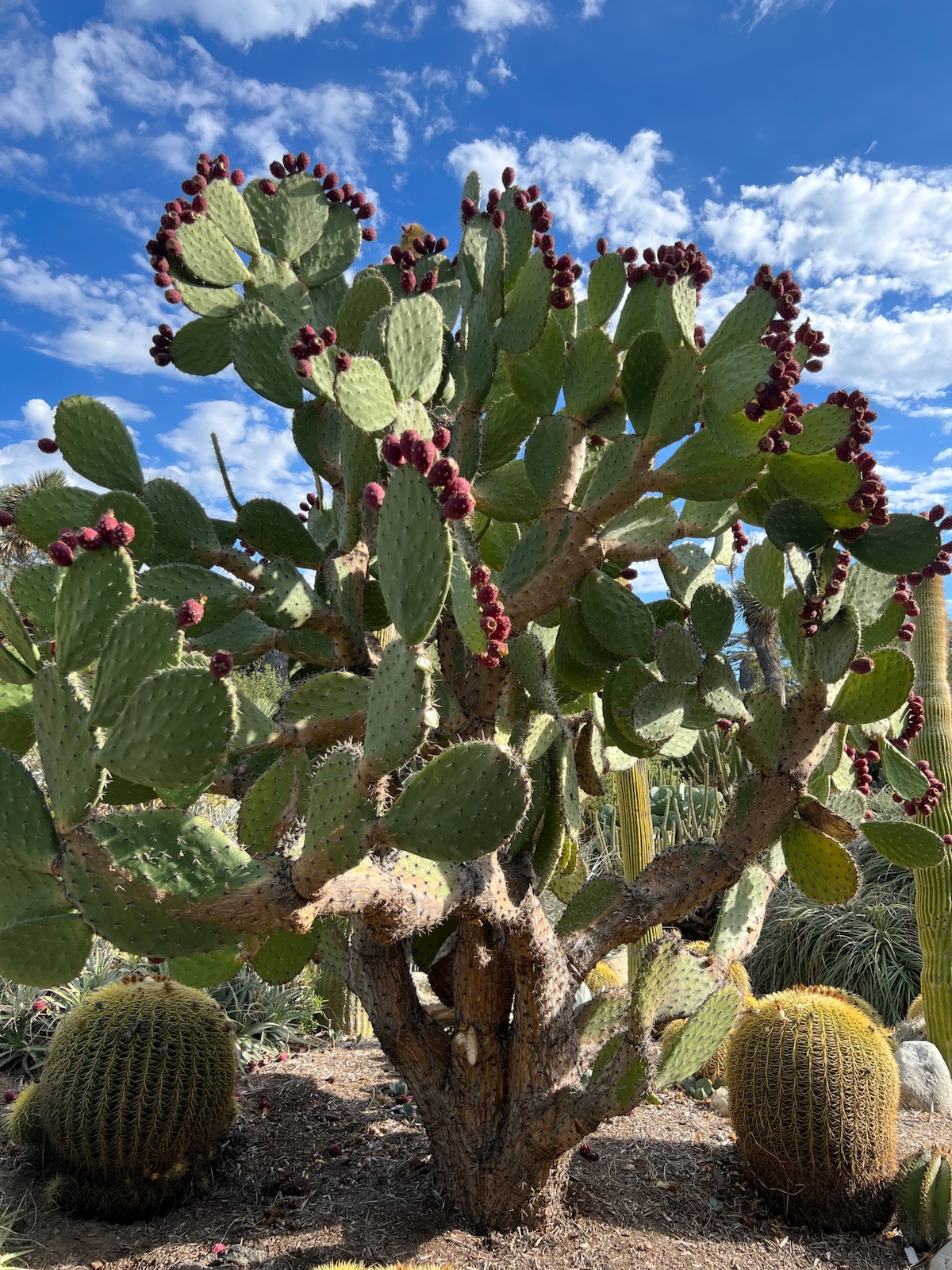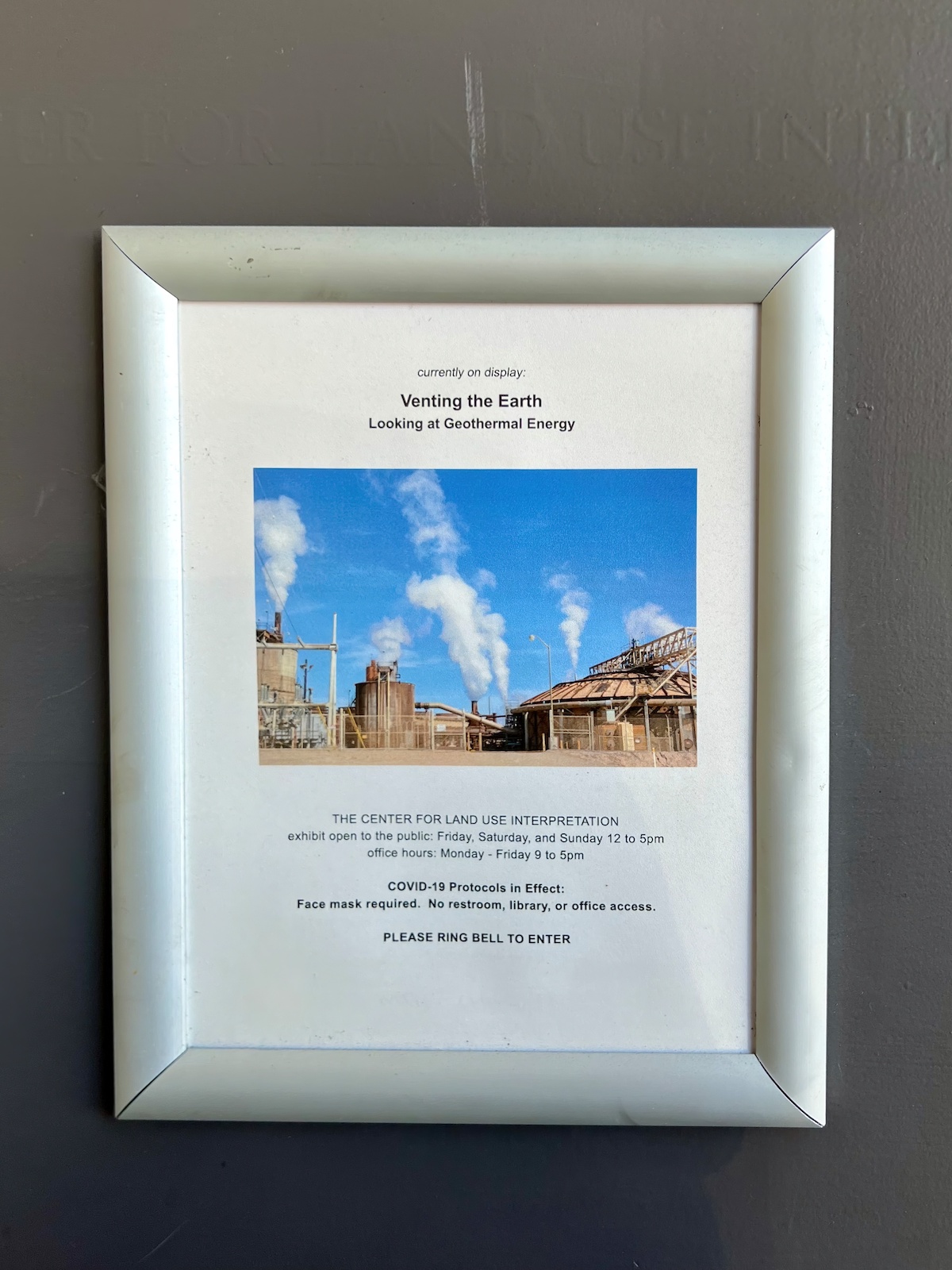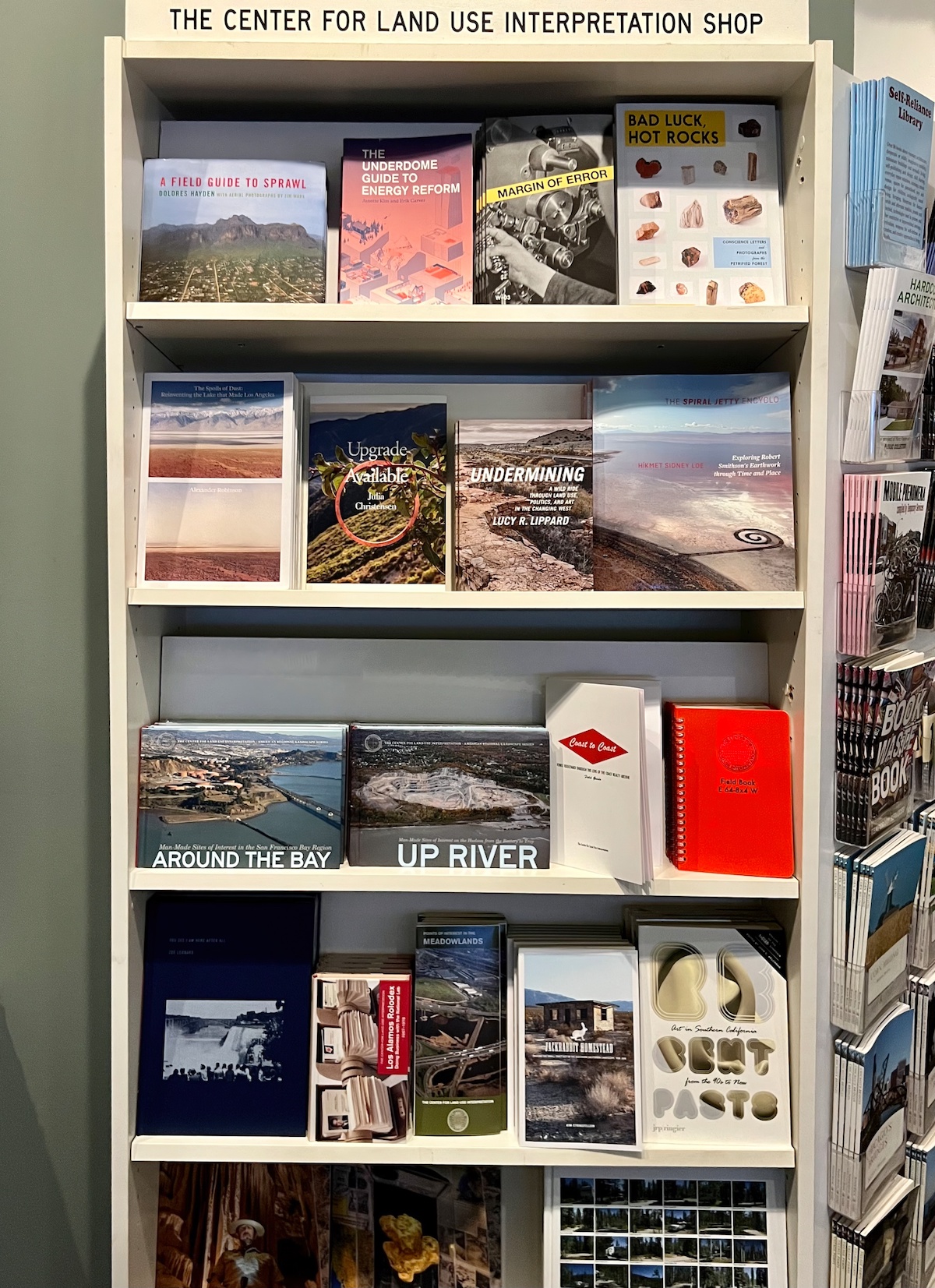Artists
Photo Credit: NIU Chun-Chiang
CHI Po-Hao
CHI Po-Hao
| Location | USA / Los Angeles |
|---|---|
| Residency | 18th Street Arts Center |
| Year of the Grant | 2022 |
| Personal Website |
CHI Po-Hao's Personal Website
CHI Po-Hao's Personal Website |
His studio, Zone Sound Creative, is actively involved in various performances, exhibitions, and educational initiatives while expanding its international collaboration network. Notable recent projects include "Selected Ambient Airs," sponsored by the British Council, "3000 Years Among Microbes" in collaboration with MIT, "Plastic Soup – Invisible Matters," a joint effort with BEMA in Mexico and artists from Latin America, "Interfaces of the Invisible" presented at the Museo de la Ciudad de Querétaro, and "Signal, Scale, and Spectrum," a project involving Mexican artists in residence. These projects pioneer new frontiers at the intersection of artistic practices and technological applications.
Artist Statement:
[About the center]
18th Street Arts Center includes two campuses. Airport Campus is located near the local airport with warehouses for around 30 artists. It’s mostly rented to local artists for exhibitions and studios. I stayed at another campus named Olympic Campus where many Taiwanese artists resided in. It’s composed of multiple colorful buildings with living and working spaces. It was simple but equipped with furniture and kitchenware.
During my residency, Olympic Campus was closed from the public due to the pandemic. All public events were suspended or switched online. It was unfortunate that Studio Visits and Creative Roundtables were held remotely, with limited offline interactions.
[Residency experiences]
The Center did not interfere with our schedules or progresses. It encouraged us to experience, travel, and invite friends for visits. Staffs were on shifts on weekdays to answer questions, receive packages, and lend equipment. A few blackouts and broken gas pipes happened during my residency, but they were fixed in one or two days. Ants were an issue in summer that required more attention to address.
West coast in America features car-centered transportation designs. Without personal vehicles, it was very time-consuming to attend events or visit friends. In early days in my residency, I basically travelled with bikes and public transportation, mostly for household goods or food ingredients around the arts center. After other Taiwanese artists arrived, we could share car rental costs to visit destinations in Los Angeles and suburbs.
Due to limited mobility, it is necessary to plan for efficiency. Destinations in the same area should be grouped. These are some noteworthy places around 18th Street Arts Center: The Center for Land Use Interpretation, Museum of Jurassic Technology, Bergamot Station Arts Center, California Science Center, and The Huntington.
[Creative experiences during residency]
During the residency, I tried multiple creative directions. I used Bela Board to develop sound interfaces. I worked with developers on interactive webpages for mobile devices. I went to Mexico for field studies and Aeolian harp device tests. I also visited Yosemite and other natural landscapes.
My creative process was broadly about applying new and old technologies and experimenting various sonification pathways with scientific methods. At the preparation stage, I visited different sites and artist logs to discuss how and what to sense. I also experimented on data translation methods and data access channels, such as open data, sensors, and subjective mind maps.
During my residency, I mainly focused on various methods to “sonify” intangible information. For example, Aeolian harps were physical devices to respond to environmental changes and produce sounds. It is also possible to translate analog signals and sense electromagnetic waves to produce sounds via solar panels. It included many technologies and concepts in my previous works.
I also experimented on acoustic fabrication, a relatively new technology. It’s a micro-spatial sound that combines 3D printing and acoustic computation. It uses acoustic structures to influence resonance in objects. I will continue to collaborate with developers after returning to Taiwan and look for resources and tools for realization.
I also worked on data sonification. Sonification is a poetic and acoustic method for people to understand intangible events and conditions in the surroundings. Wind chimes are an example to recognize natural surroundings via sound. I attempted to analyze data and translate into music scores via Python programming language. The project will also include visualization methods related to sound and signals, such as graphical notation, autographic recorders on physical marks, and cymatics that visualize sound and vibration.
When I discussed with collaborators, I proposed “natural broadcasts” based on sonification practices, and designed sensing methods to listen to surroundings. During the residency, I produced Aeolian harps that perform with wind. It’s often placed next to an open window to create sounds with airflows. Along with wind speeds, strings can be made with different materials and thickness to influence sounds. Aeolian harps perform without human interventions, and it’s an example of aleatoric music. I brought my prototype to tests in various topographies and landscapes, such as urban streets, mountains, and deserts. Sounds were sent out as shortwave signals. I also discussed adjustment mechanisms and developed experiences for public participation.
Author: CHI Po-Hao
Edited: Brix
